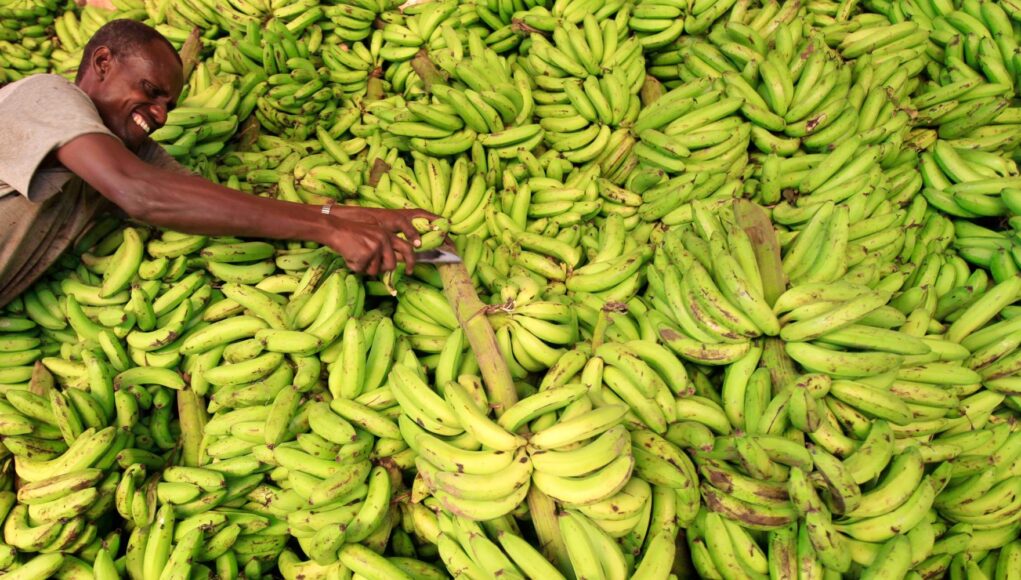Banana production has historically played a vital role in Somalia’s economy, contributing significantly to agricultural exports and rural employment. During the 1980s, Somalia was one of the largest banana exporters in Africa, with production reaching 360,000 metric tons in 1988 due to extensive government support, irrigation infrastructure, and access to export markets in Europe and the Middle East.

However, the collapse of the Somali government in 1991 caused a steep decline in banana production. The political instability led to the destruction of critical agricultural infrastructure, including irrigation canals, storage facilities, and transportation networks. From 1992 to 1994, banana production dropped drastically, averaging between 80,000 and 100,000 metric tons annually, marking a significant fall from the pre-collapse levels of over 300,000 metric tons.
The disruption of export supply chains, coupled with the displacement of farming communities and increased insecurity in agricultural regions such as the Lower Shabelle, further worsened the banana industry’s decline. International organizations and agricultural development projects eventually intervened in the late 1990s, offering technical assistance, replanting programs, and infrastructure repairs. As a result, banana production gradually recovered, reaching 120,000 metric tons by the year 2000.
The provided graph clearly shows the sharp production drop after 1991, with a red dashed line indicating the collapse of the Somali government. The corresponding data table highlights the production trend, demonstrating a dramatic decline and a slow recovery over the decade. This trend underscores the impact of governance and political stability on agricultural productivity and economic sustainability in Somalia.














